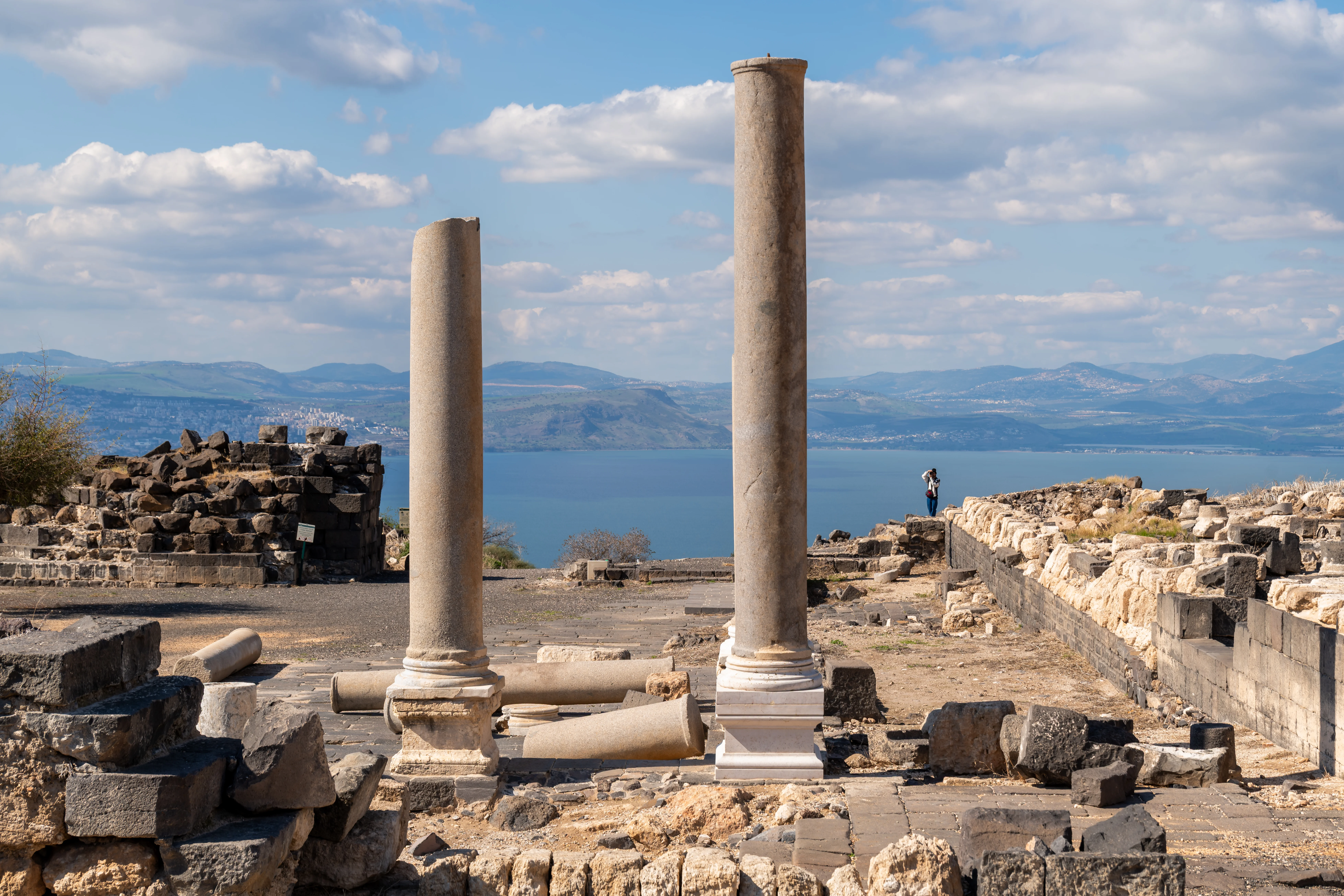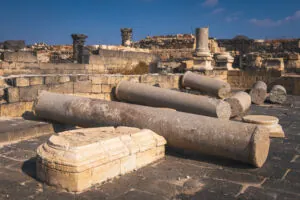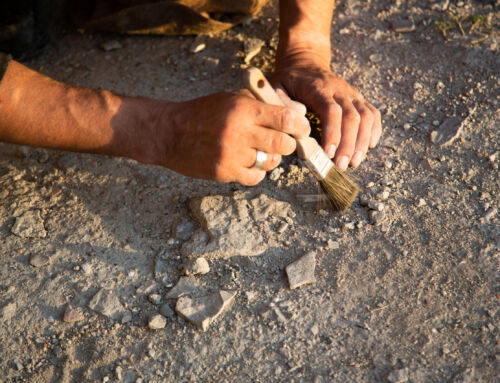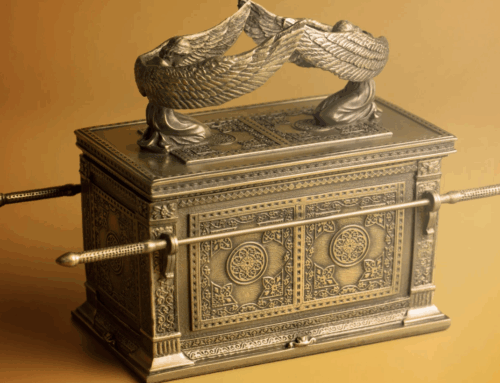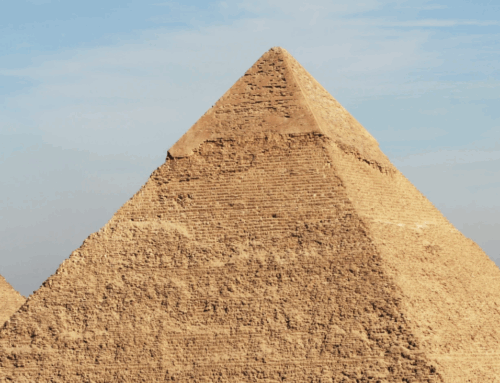High above the eastern shore of the Sea of Galilee stands Sussita National Park, also known as Hippos–Sussita. Located onto of a hill, the ancient city overlooks Tiberias and the sparkling waters below, offering one of the most breathtaking views in northern Israel. But beyond its scenery, Sussita tells a remarkable story of faith, resilience, and the spread of Christianity.
Founded in the 2nd century BCE by the Greek Seleucids, Hippos (Greek for “horse,” Sussita in Aramaic) later became one of the Decapolis cities mentioned in the New Testament (Mark 5:20; Matthew 4:25). These ten Greco-Roman cities were primarily Gentile, yet Christianity eventually flourished there.
Archaeology at Hippos National Park
Ongoing excavations at Sussita continue to illuminate the city’s rich Christian heritage. Greek inscriptions reveal dedications to churches and generous donors, including a 6th-century goldsmith whose offerings reflected his devotion. Christian symbols and crosses are found throughout the ruins, offering a tangible glimpse into the faith and daily lives of the city’s early believers.
A particularly remarkable discovery in 2025 brought this Christian story to life: a hoard of 97 gold coins and jewelry fragments, carefully hidden as the Sassanid army approached. Likely concealed by a devout Christian family or artisan, the treasure lay undisturbed for 1,400 years, a silent testament to the hopes and faith of Hippos’ residents during a time of upheaval. This find underscores that even in its final days, Hippos remained a thriving center of Christian life, where believers sought to preserve their legacy amid uncertainty.
Today, Sussita offers Christian visitors more than a glimpse of ancient architecture – it is a journey into the spiritual history of the Galilee. The site connects directly to the New Testament world of the Decapolis, where Jesus performed miracles, including the healing of the Gerasene demoniac, and where the Gospel first reached Gentile communities. Walking through its streets, exploring its churches, and seeing the traces of Christian devotion allows pilgrims to step into the lives of those early believers and witness the enduring faith that shaped this remarkable city.
The latest discovery at Hippos
Archaeology continues to reveal fascinating insights into the lives of early Christians in the Land of Israel, and the latest discovery at Hippos (Sussita) near the Sea of Galilee is no exception. In September 2025, the University of Haifa announced the discovery of an extraordinary hoard of 97 pure gold coins, alongside dozens of jewelry fragments, dating back to the 6th and 7th centuries CE. Hidden for some 1,400 years, this treasure offers a rare glimpse into the city’s final years during the Byzantine period, just before the Sassanid invasion of 614 CE and the subsequent Islamic conquest that permanently reshaped the region.
The coins were uncovered almost by chance. A volunteer on the Hippos excavation team, Edie Lipsman, was walking between dig sites when his metal detector beeped over a stone. Excavators soon realized they had stumbled upon a significant hoard concealed between two basalt walls in a burnt layer, likely collapsed from winter rains. Lipsman’s discovery, a rare stroke of archaeological fortune, revealed a treasure that had remained untouched for more than a millennium.
Hippos, founded in the 2nd century BCE by the Greek Seleucids, became a thriving Christian city during the Byzantine era. It served as the seat of a bishop and was home to seven churches built between the 5th and early 6th centuries CE, all of which remained active for over a century. Archaeologists believe the hoard was hidden by a wealthy resident – possibly a goldsmith – who hoped to reclaim it after the Sassanid threat passed. Its presence underscores that, despite evidence of architectural simplification in the late Byzantine period, the city still supported affluent residents capable of amassing substantial wealth.
The hoard is notable for its composition. It contains full-value coins called solidi, as well as semisses (half a solidus) and tremisses (a third of a solidus), the latter of which are rare finds in Israel. One coin, dating to 610 CE and minted at a military mint is only the second of its kind discovered in the region. These coins were likely “emergency hoards,” hidden as families sought to protect their wealth during times of conflict. In this case, the impending Sassanid invasion drove the resident to stash their treasure in a small cloth bag, remnants of which remained on the coins.
Accompanying the coins were fragments of gold jewelry, including earrings set with semi-precious stones and glass. The eclectic assortment, with no two pieces identical, suggests the owner may have been a jeweler. Supporting this theory is an inscription from 556 CE in Hippos’ Church of the Martyrion of Theodoron mentioning a goldsmith as a donor. While further research is needed, the hoard provides compelling evidence that artisans and affluent families lived and thrived in Hippos during its twilight years.
The Hippos hoard is more than just a treasure; it’s a window into the lives of a once-prosperous Christian community in Galilee. It challenges previous assumptions about the city’s decline in the late Byzantine era, showing that wealth and skilled artisans were still present even as political and military threats loomed. Each coin and fragment of jewelry tells a story of faith, resilience, and survival in a turbulent period of history.
To see photos and for more information on this amazing discovery, click here
Visit Hippos with Immanuel Tours
For travelers seeking a deeper connection to biblical and early Christian history, Hippos is a must-visit site. At Immanuel Tours, we are excited to incorporate Hippos into your personalized itinerary for your Christian tour to Israel. Walking through the remnants of this ancient city, visiting the Burnt Church, and imagining the lives of the people who once hid their treasures here brings history vividly to life. Your journey through the Galilee will not only allow you to take in the region’s breathtaking landscapes, but also to walk in the footsteps of early Christians, encountering the faith and devotion of those who lived here. Discoveries like Hippos’ golden hoard bring to life the courage, hope, and resilience of believers, offering a deeper connection to the spiritual history of the Holy Land and inspiring your own faith along the way.
With Immanuel Tours, you can trace the footsteps of early Christians and witness firsthand the sites that shaped the spiritual and cultural landscape of the Galilee. See the tours we offer on our Join a Tour page

